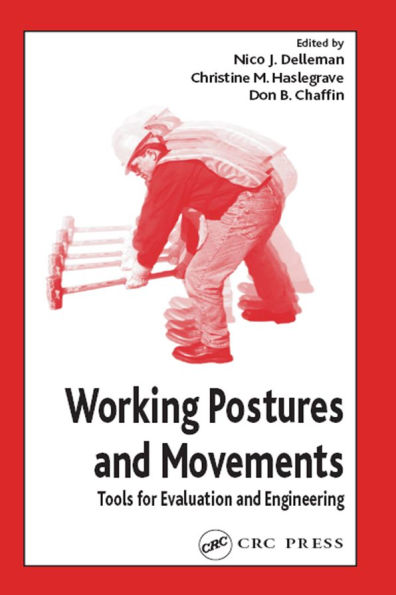In most industries, musculoskeletal injuries are the most common work-related reason for employee absences. These injuries are often caused by static postures or repetitive movements that have to be maintained for many hours a day, such as intensive use of data entry devices, assembly work, parts inspection, equipment maintenance, manual materials
1006157335
Working Postures and Movements
In most industries, musculoskeletal injuries are the most common work-related reason for employee absences. These injuries are often caused by static postures or repetitive movements that have to be maintained for many hours a day, such as intensive use of data entry devices, assembly work, parts inspection, equipment maintenance, manual materials
100.0
In Stock
5
1

Working Postures and Movements
504
Working Postures and Movements
504Related collections and offers
100.0
In Stock

From the B&N Reads Blog
